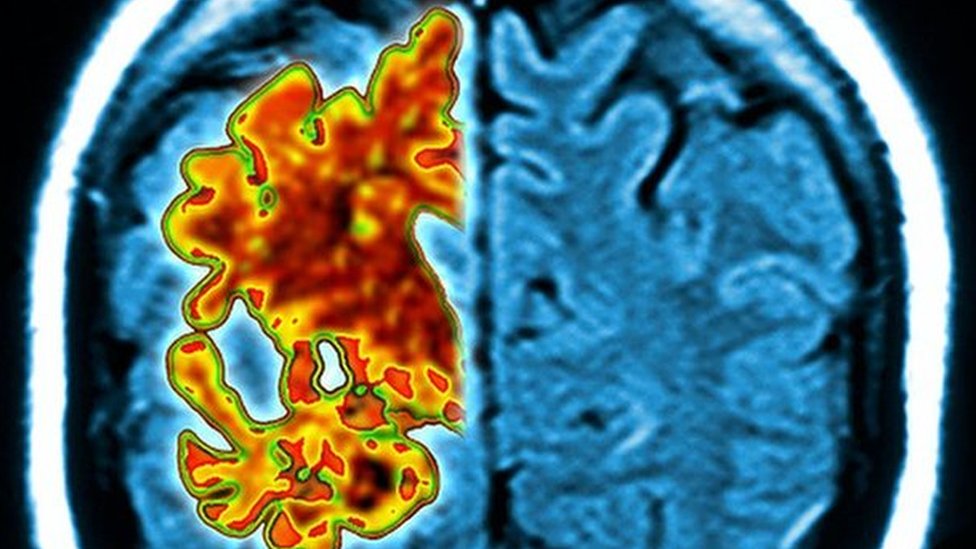In a remarkable investigation, scientists found a relationship between Alzheimer’s Disease Cases and cadaver-derived HGH, revealing a sordid medical history. HGH was only available from cadavers in the 20th century. This technique ended in 1985 after one corpse used for this purpose had Creutzfeldt-Jakob disease, killing 26.

A Nature study found that people who received HGH from cadavers had dementia symptoms and brain deposits of amyloid-beta, an Alzheimer’s Disease case marker (Photo from STAT News)
New Study Links Cadaver Growth Hormone to Alzheimer’s Disease Cases
Utilizing human cadaver HGH has lasting effects. A Nature study found that people who received HGH from cadavers had dementia symptoms and brain deposits of amyloid-beta, an Alzheimer’s Disease case marker. This does not indicate a contagious type of Alzheimer’s, but it warns doctors to be more vigilant in certain situations.
The study notes that amyloid beta cannot be spread through daily activities. Instead, it emphasizes the need to reevaluate medical and surgical methods to prevent inadvertent transmissions.
HGH from cadavers has been linked to Alzheimer’s Disease Cases before. A 2015 Nature study examined the autopsy of HGH-treated cadavers who died of Creutzfeldt-Jakob disease. Six brains showed Alzheimer’s disease-related amyloid pathology in addition to CJD damage.
READ ALSO: Silent Health Crisis: CDC Urges Blood Testing For ‘Forever Chemicals’ As 98% Of Americans At Risk
Alzheimer’s Disease Cases: Historical Link with Cadaver-Derived HGH Sparks Reevaluation for Future Prevention
The study’s sample size is modest, and HGH from cadavers hasn’t been utilized in humans for almost four decades, but these findings shed light on Alzheimer’s Disease Cases. The insights collected may lead to medical advances that improve understanding and management of this devastating disorder.
The historical link between HGH from cadavers and Alzheimer’s disease cases, suggests a reevaluation of medical protocols to prevent unintentional transmissions, even though the issue may not be ongoing.
READ ALSO: Soaring Mortgage Repayments: Mental Health Devastating Impact
























